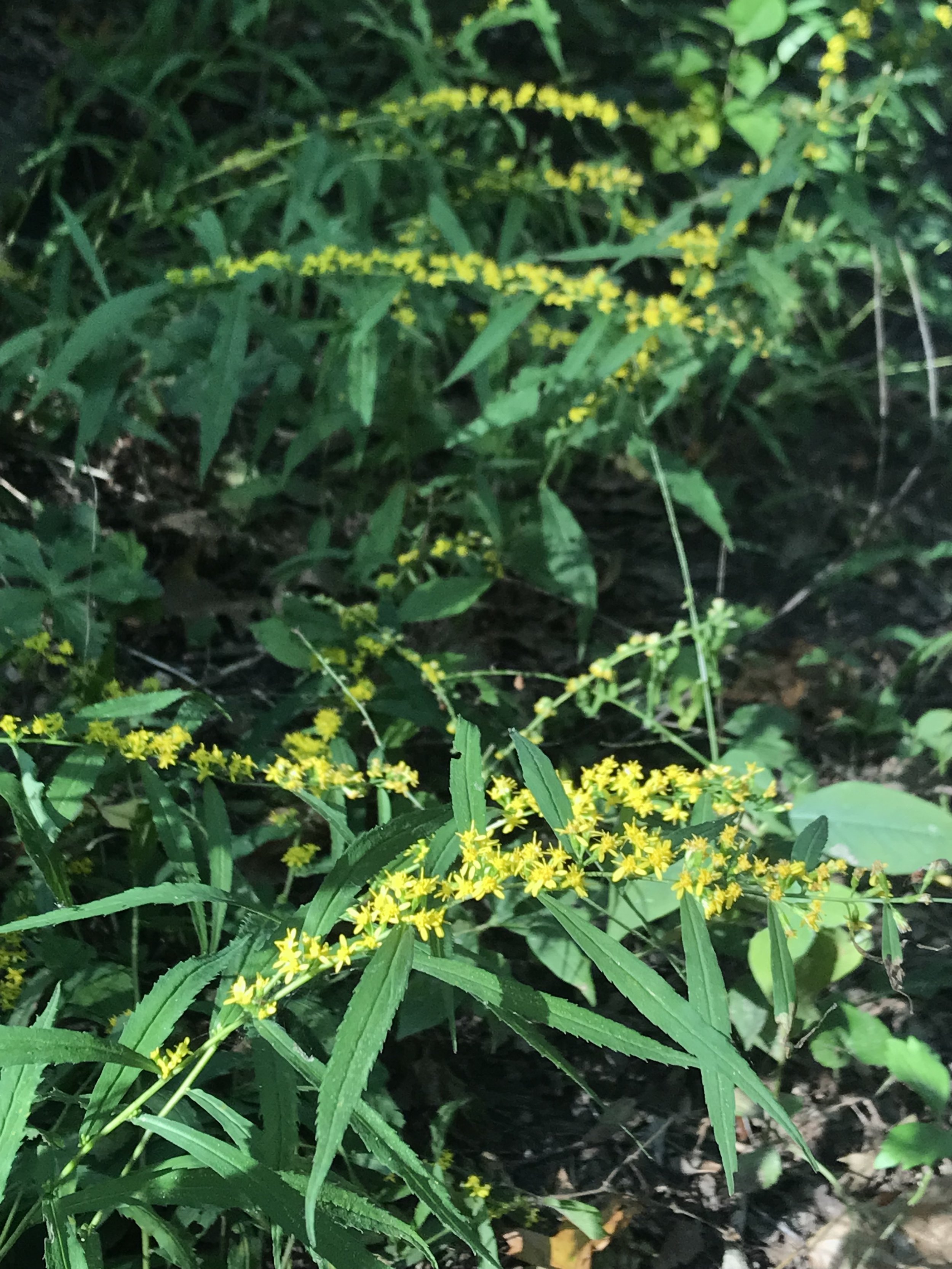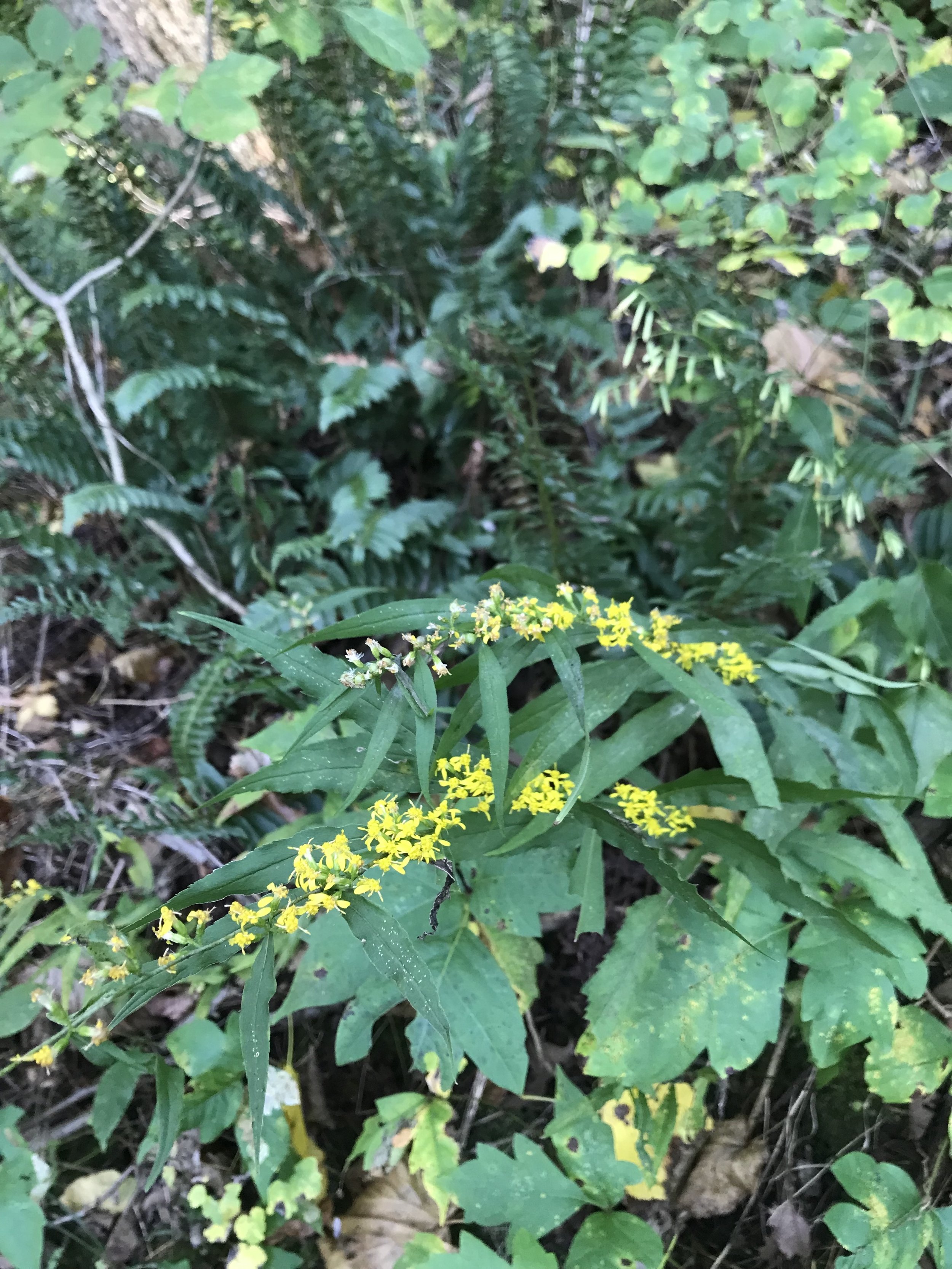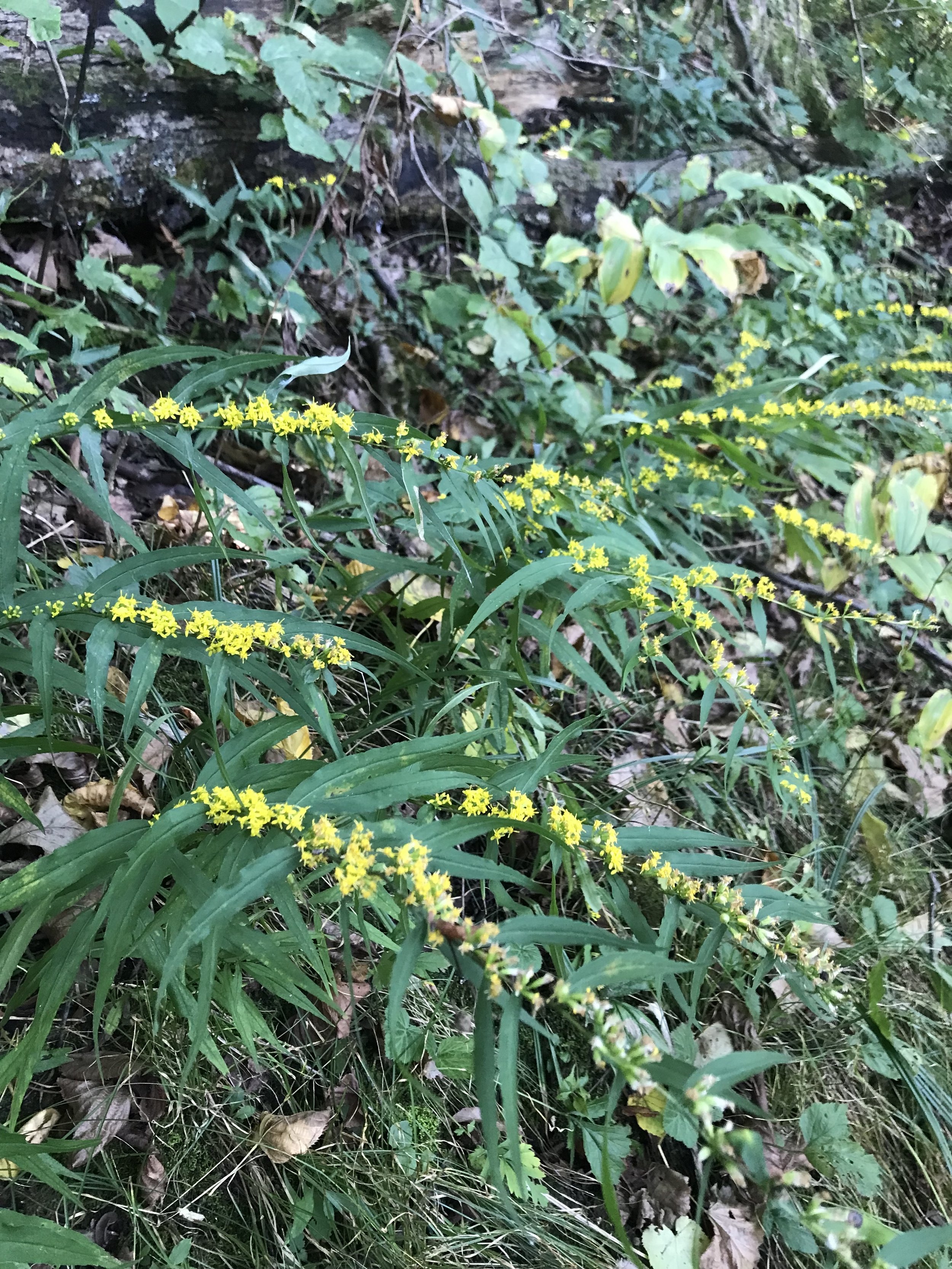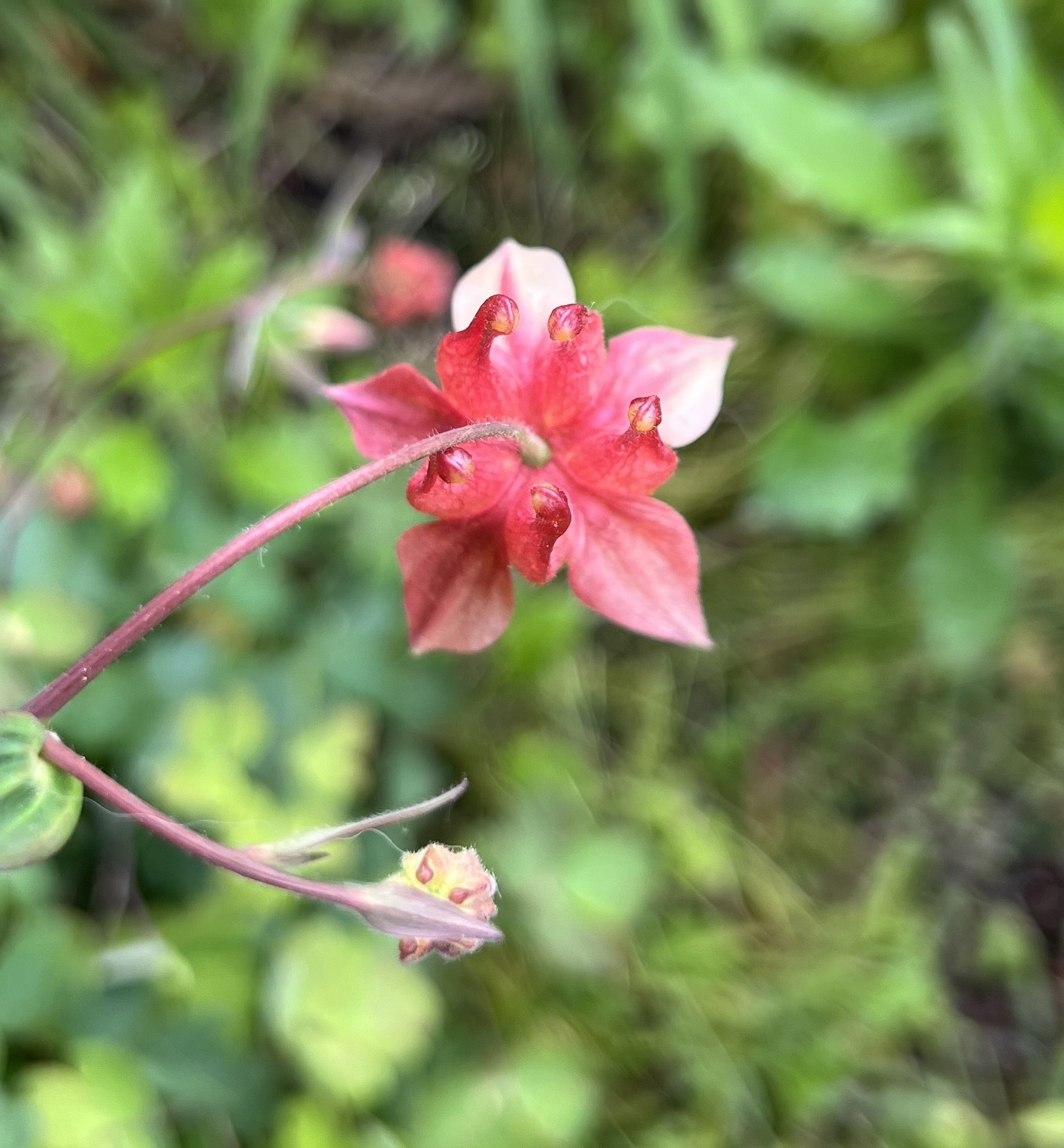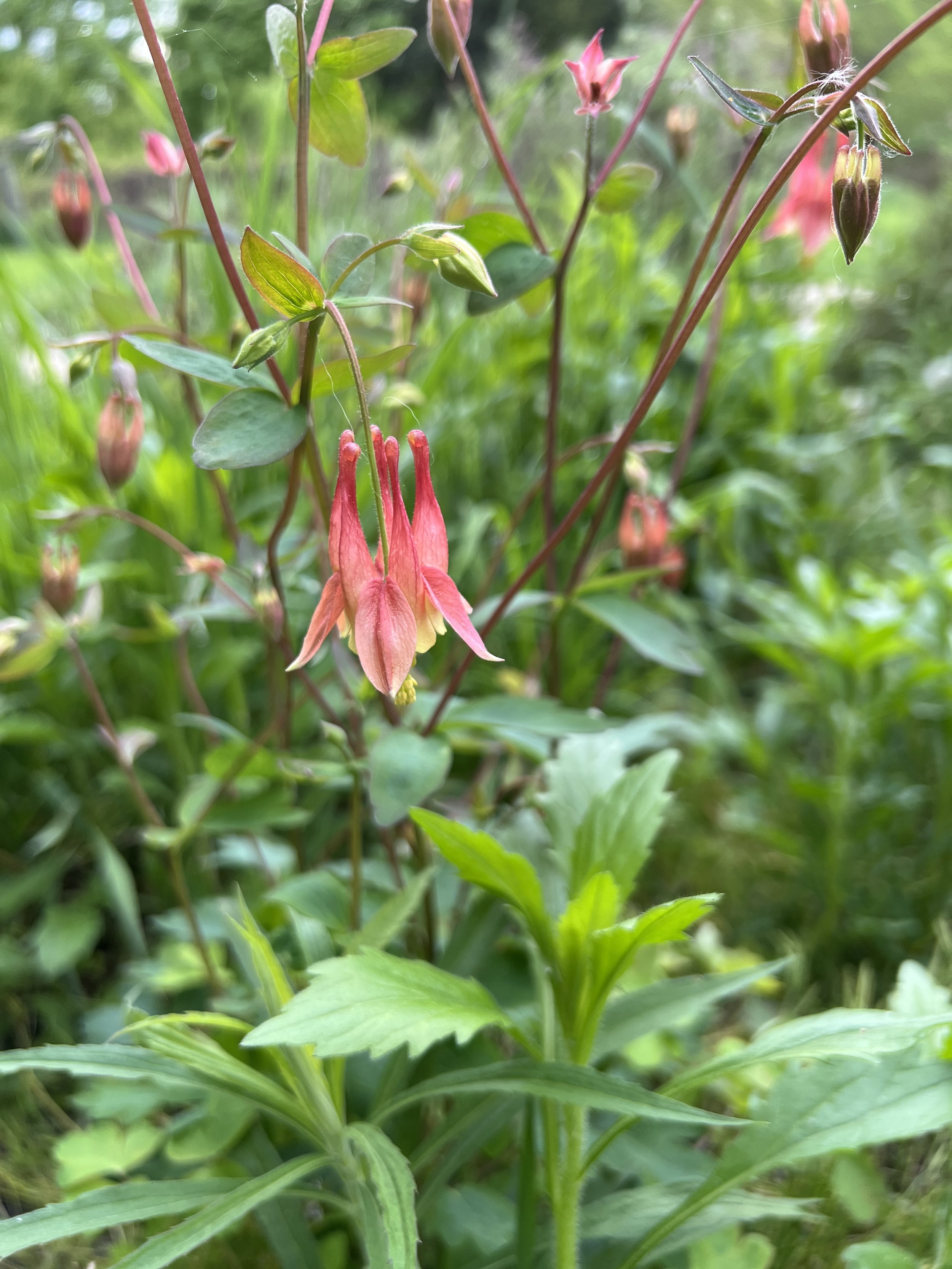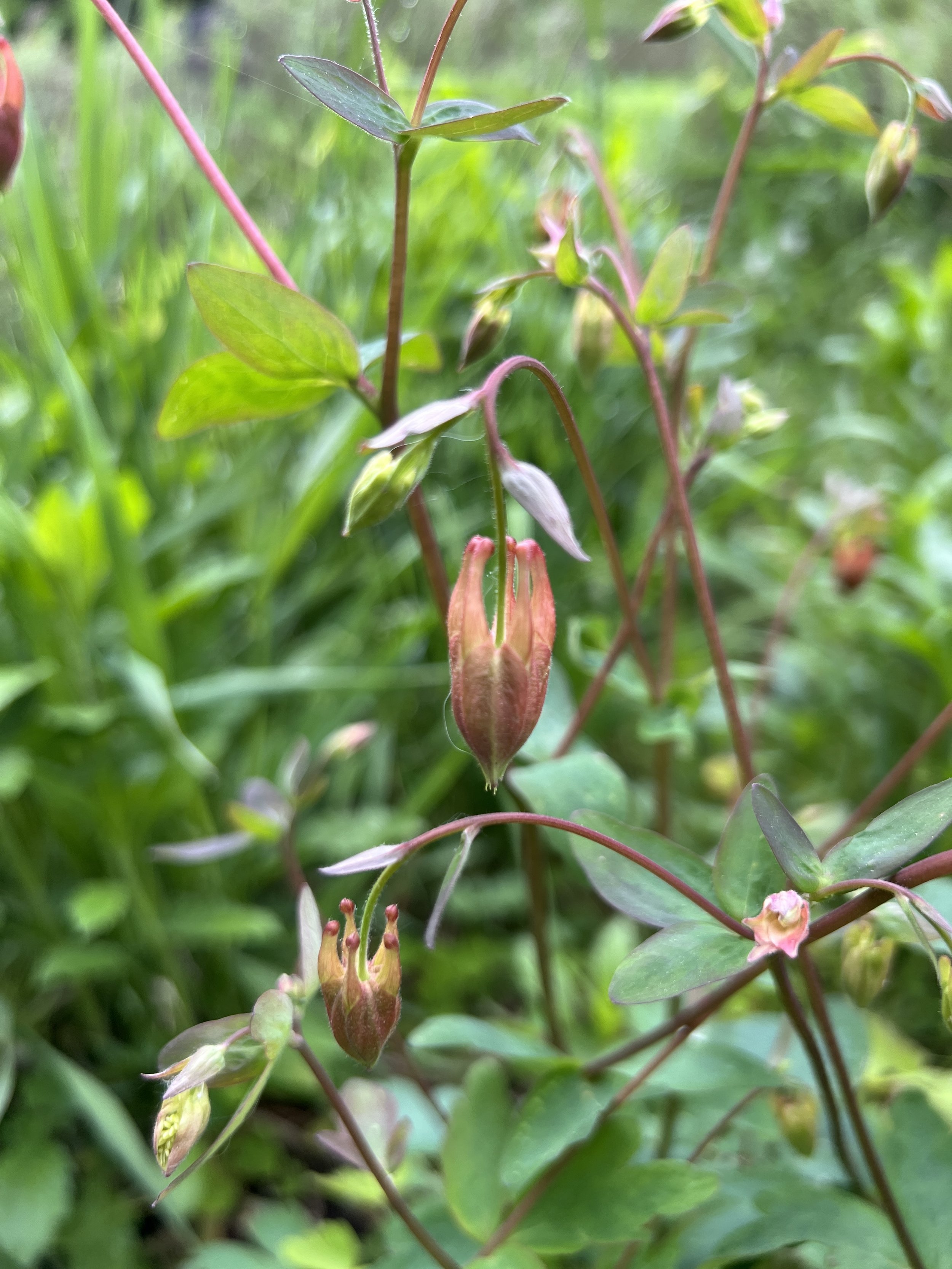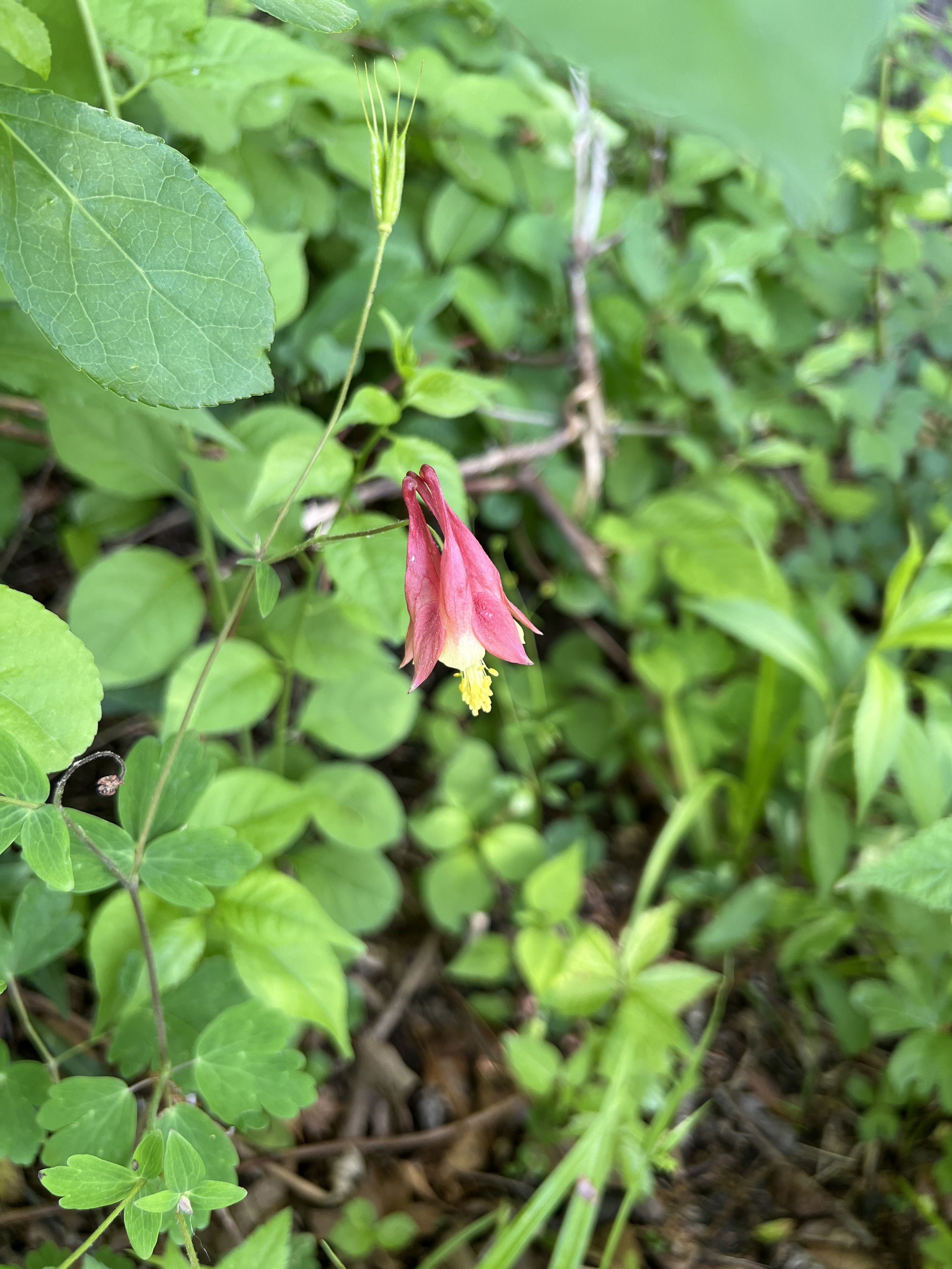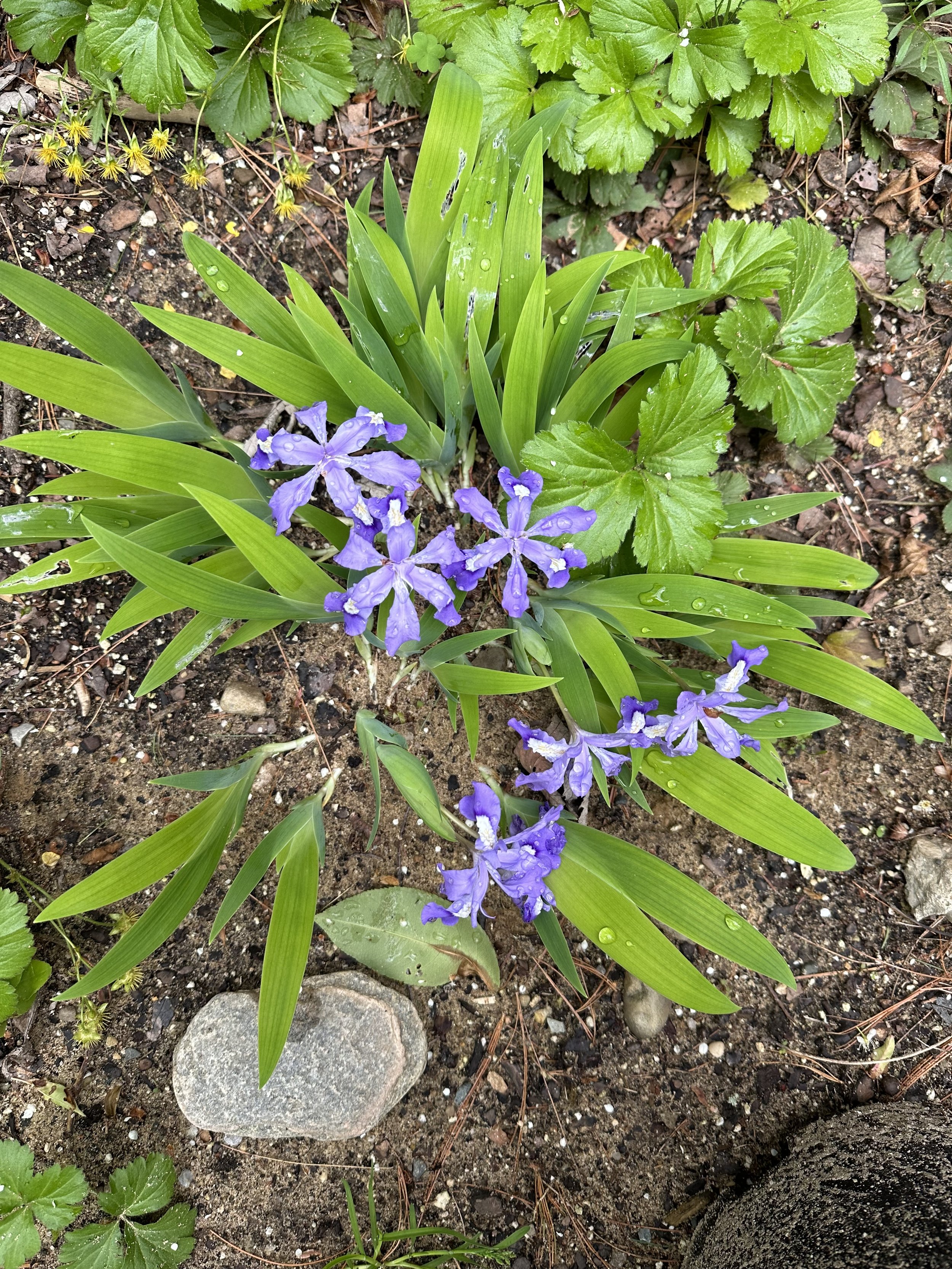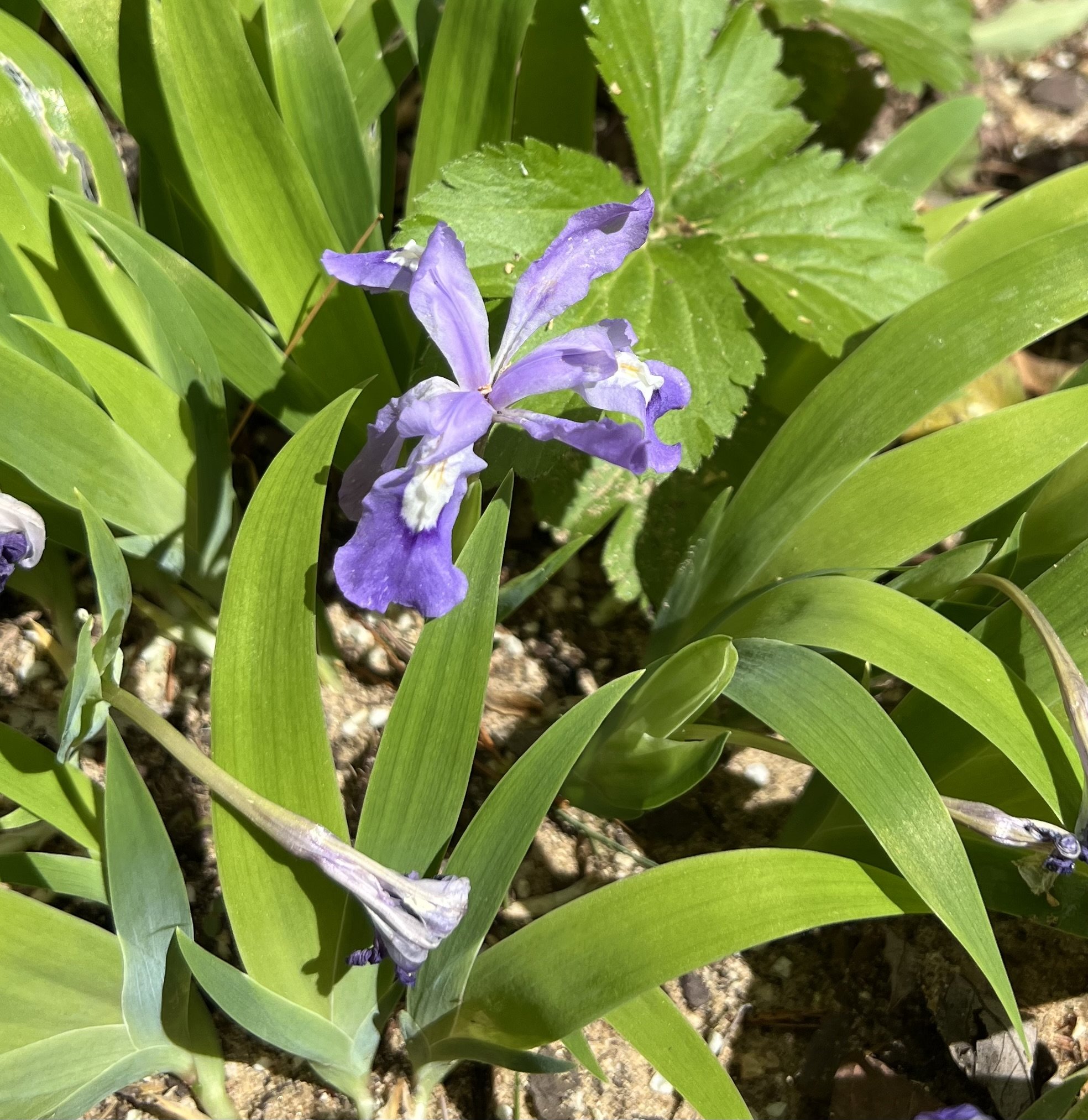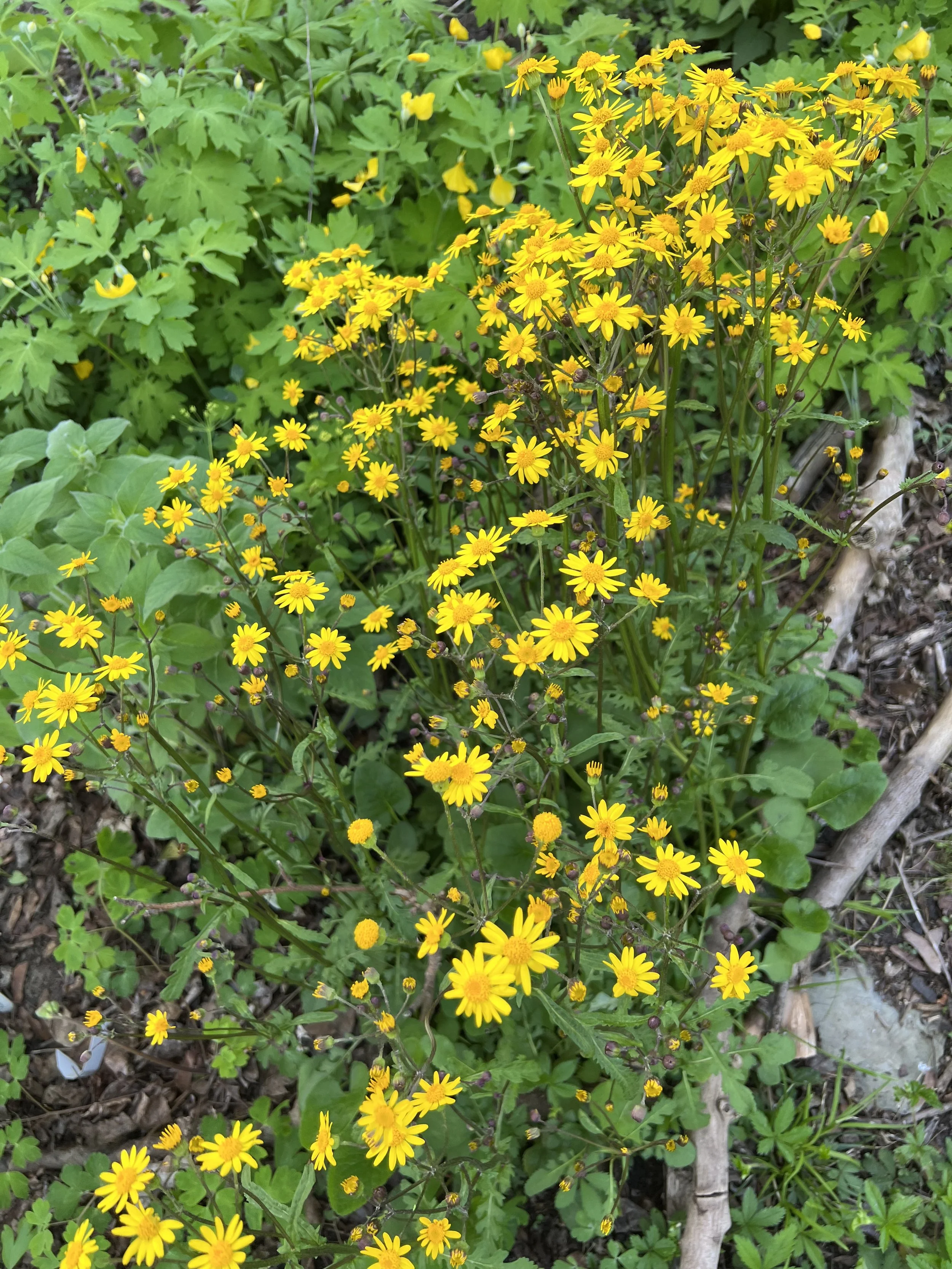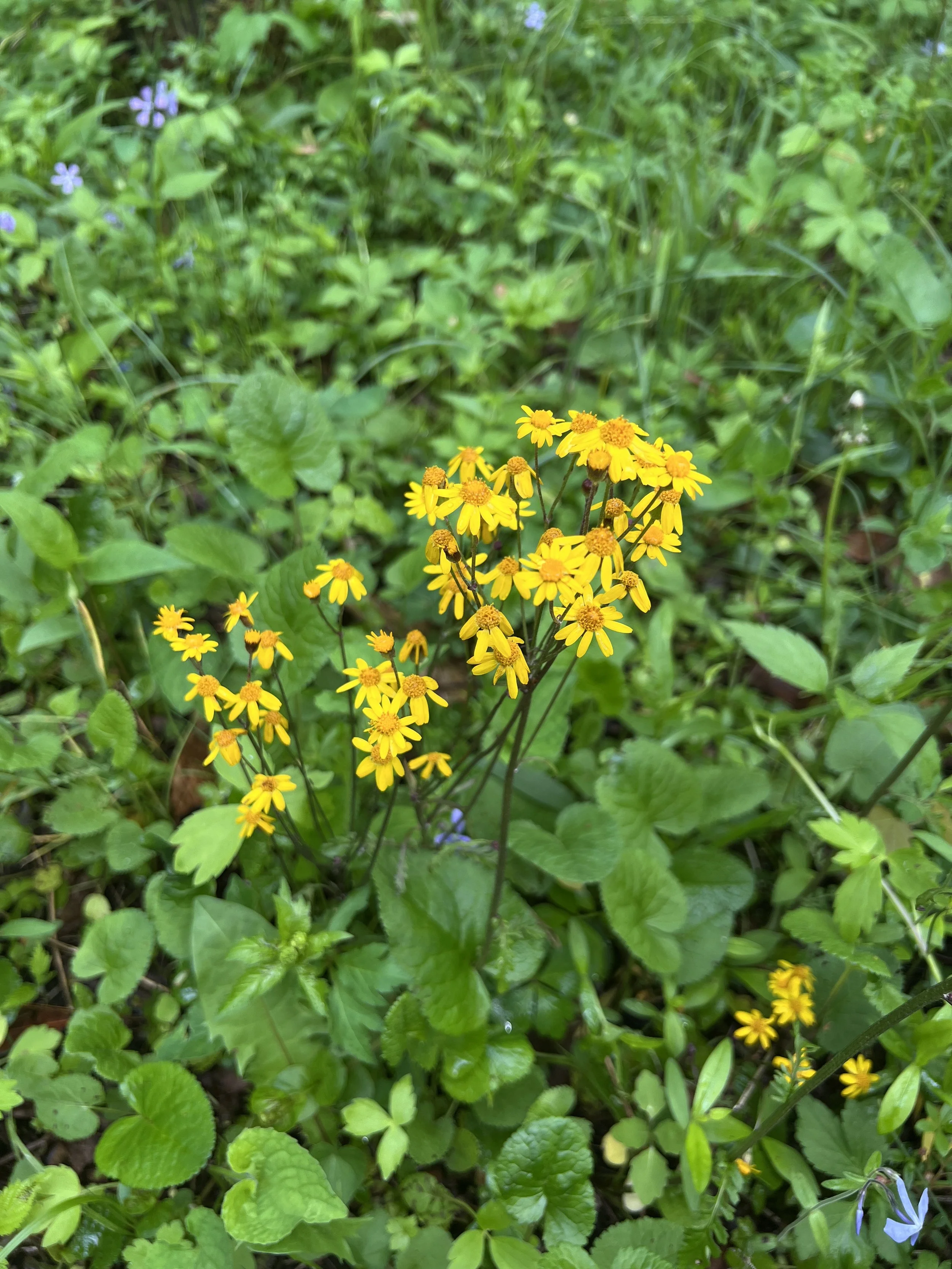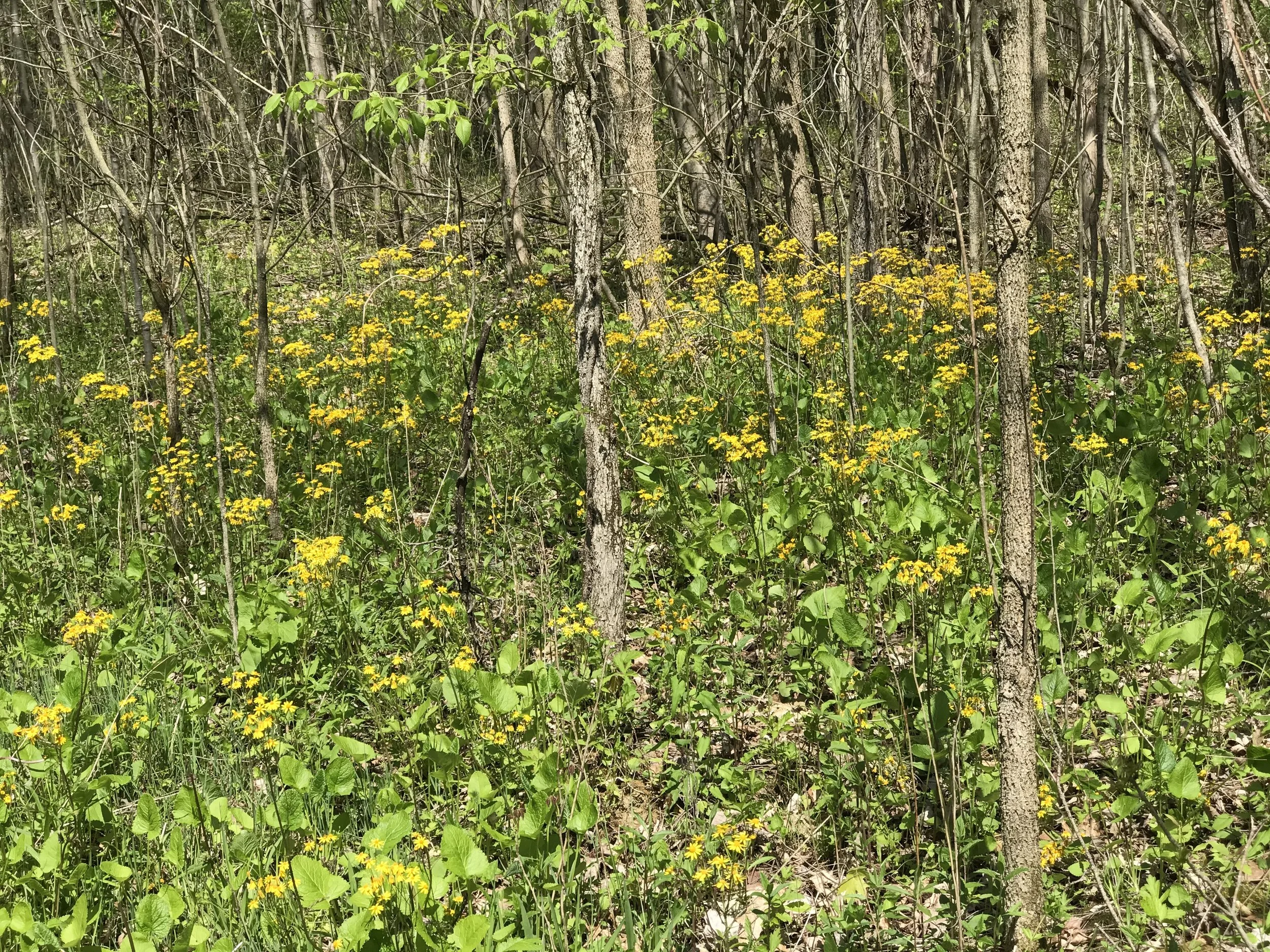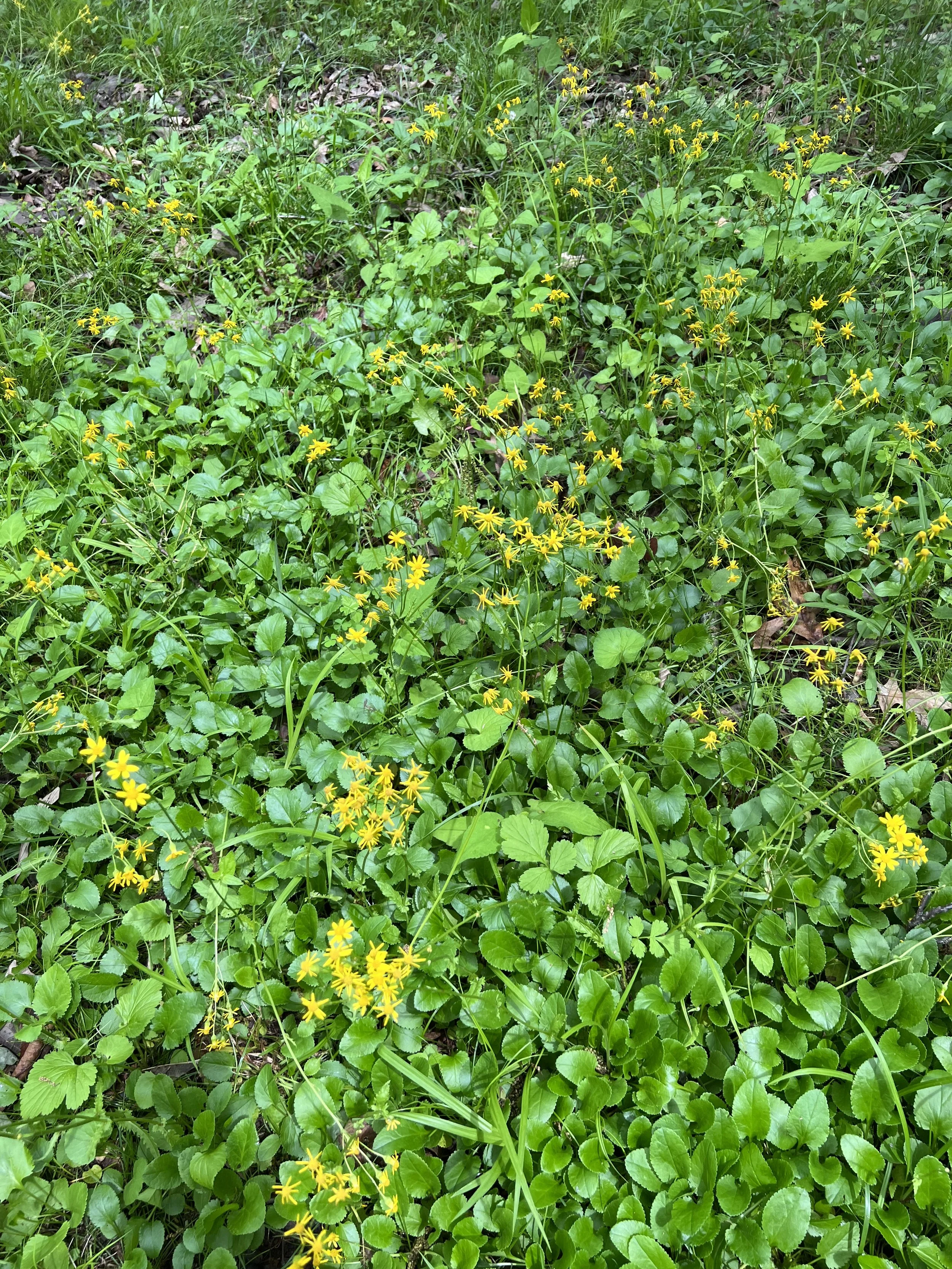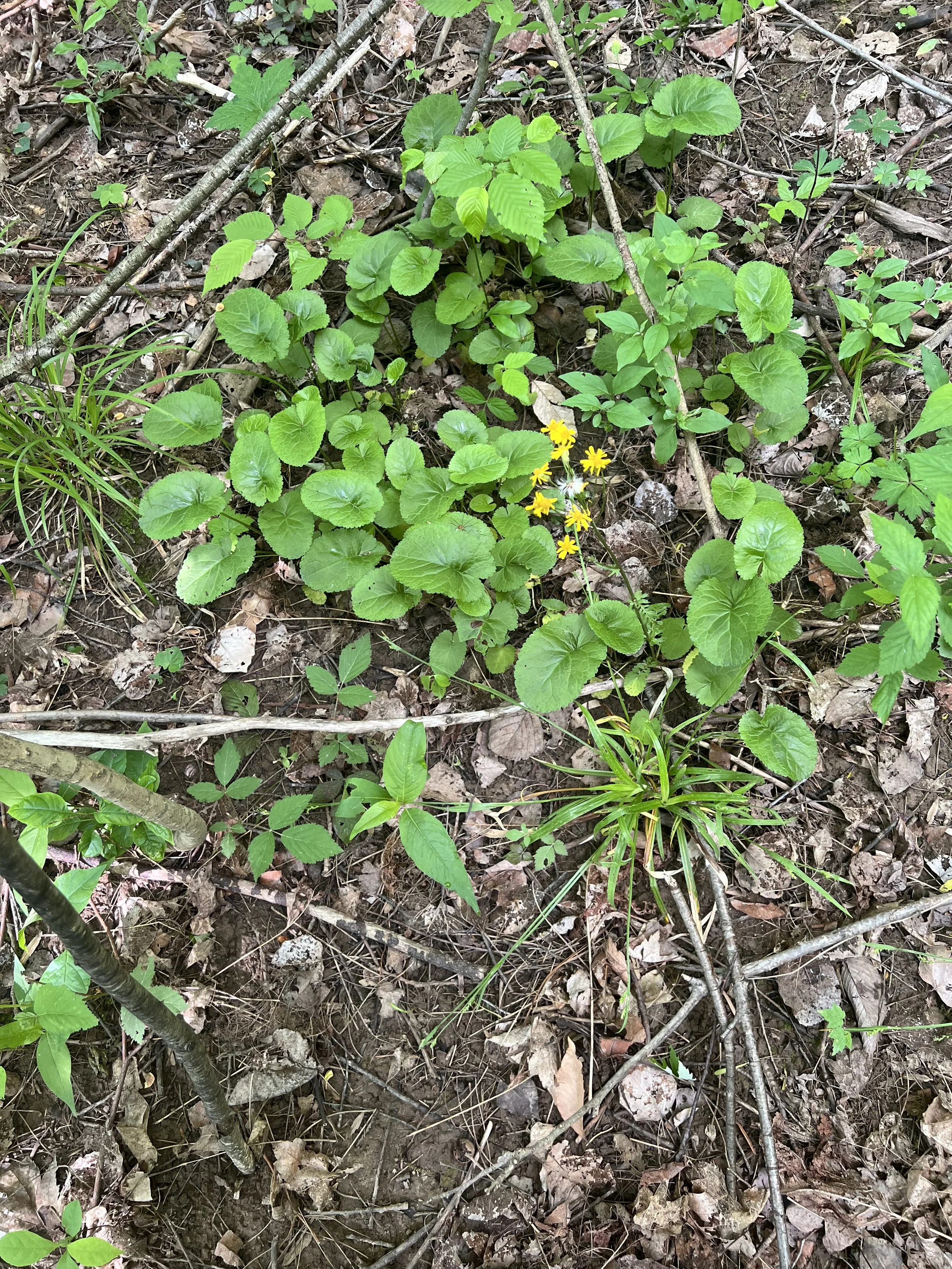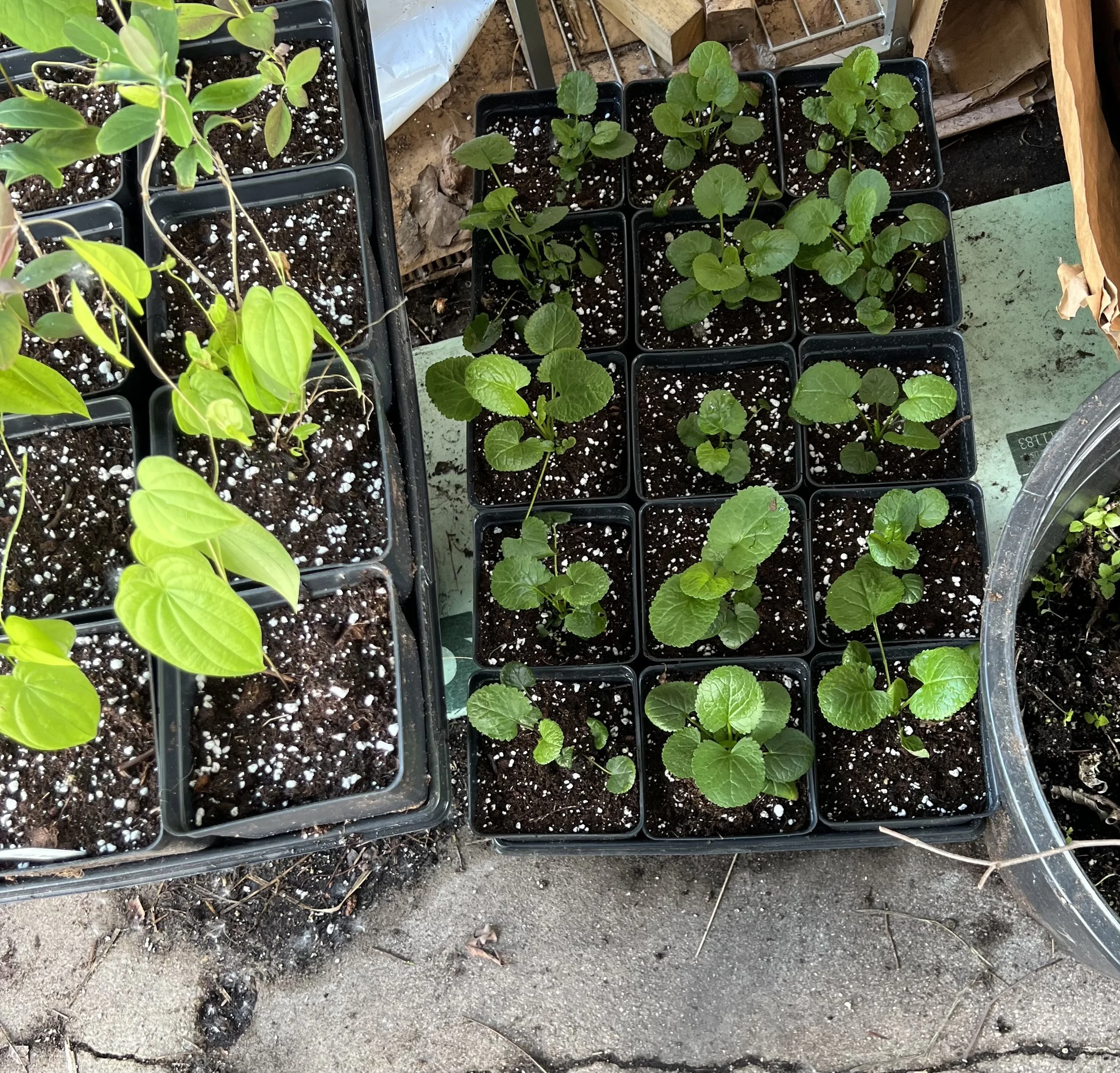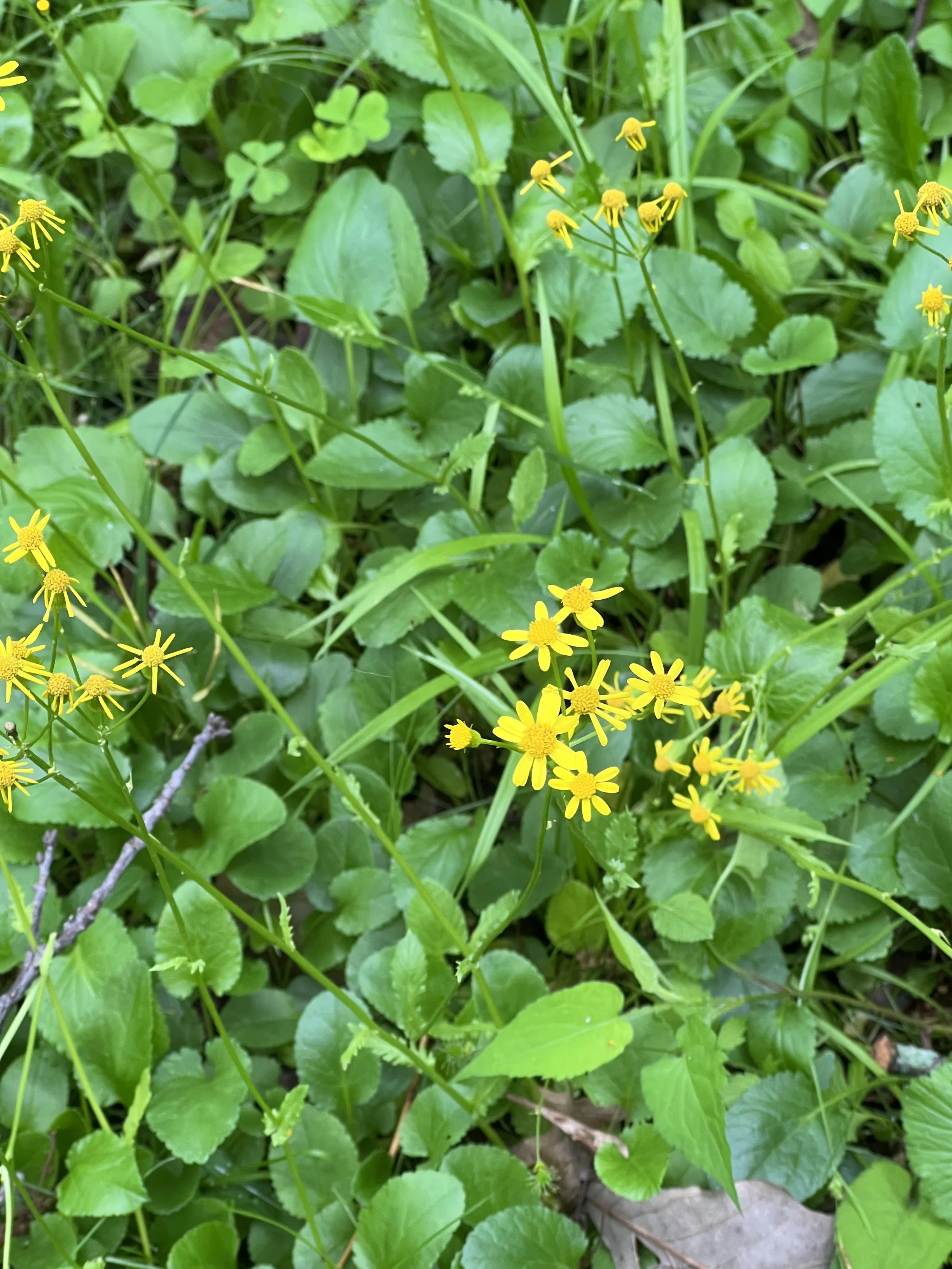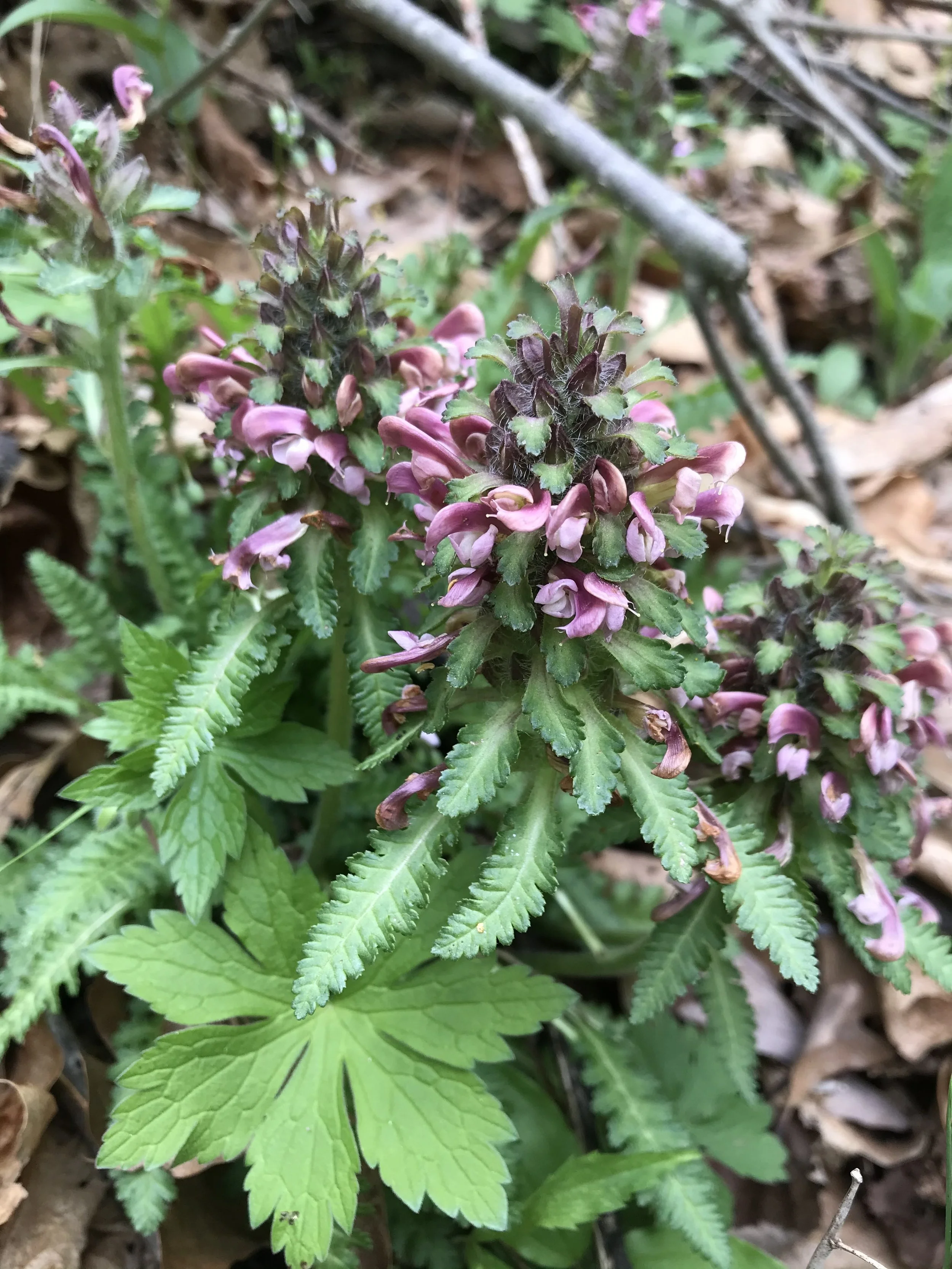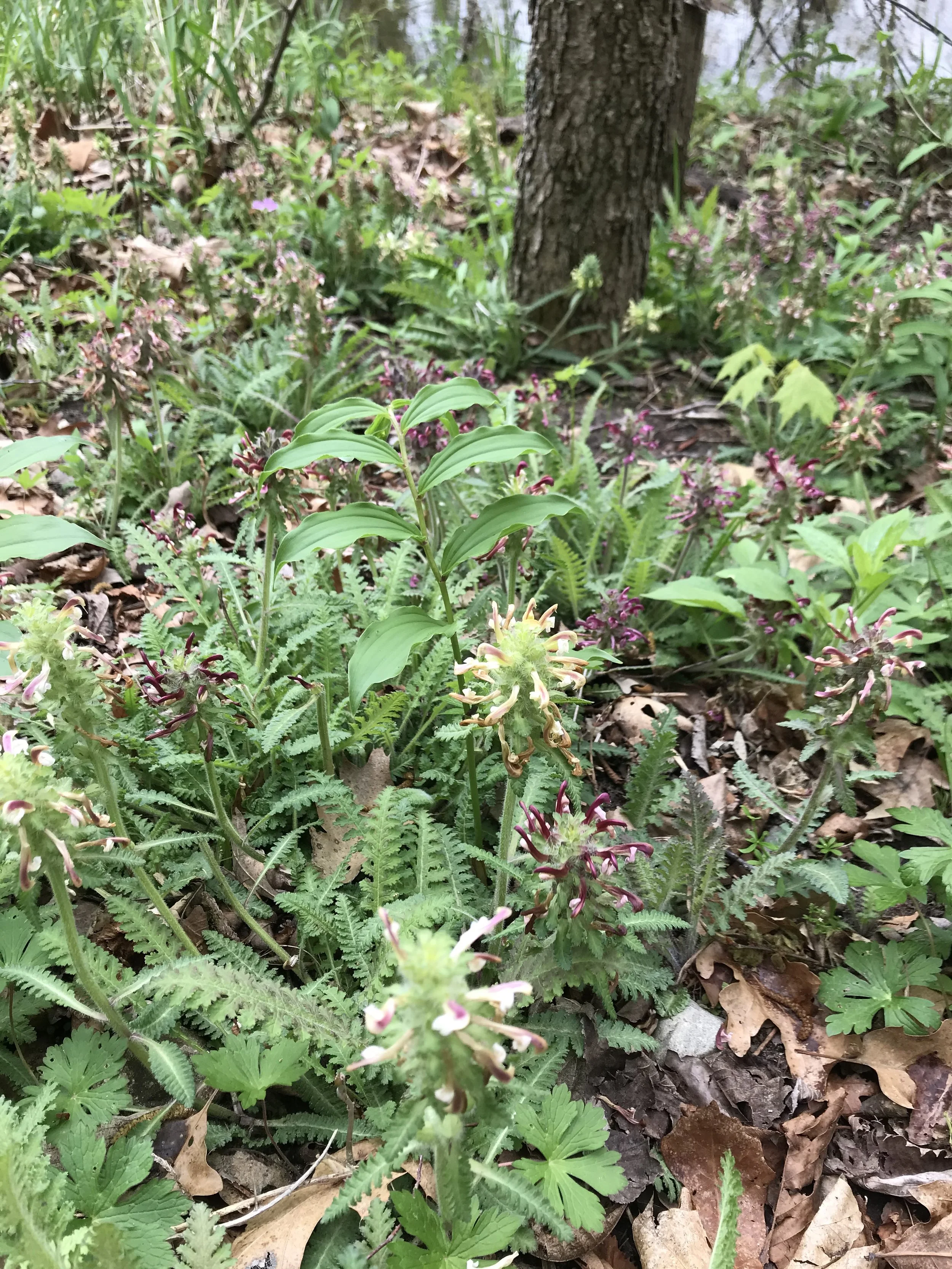 Image 1 of 4
Image 1 of 4

 Image 2 of 4
Image 2 of 4

 Image 3 of 4
Image 3 of 4

 Image 4 of 4
Image 4 of 4





Starry False Solomon's Seal
Starry False Solomon’s Seal has two forms. When it is in the forest, it curves over and the leaves lay flatter. When it is out of the dunes, it is upright and the leaves are stiffer.
Starry False Solomon’s Seal can be differentiated from other species in its genus by its narrower leaves, its larger flowers and its large striped berries. All of the plants with “solomon’s seal” in the name have a ladder-like appearance. The forest form of this plant arches like False Solomon’s Seal.
Flowers look like stars with five petals and are stark white. Once pollinated, berries are formed. First green, then green and red striped, and finally dark red. They serve as food for birds.
This plant does well in the garden setting and spreads by rhizome. It can form a loose ground cover (see photos). It does well in moist soil and also tolerates drier soil.
You can buy this plant and put it in the moist shade, dry shade or even fairly dry sun.
Starry Fslse Solomon’s Seal (Maianthemum stellatum)
Michigan Flora reference page for state distribution: Starry False Solomon’s Seal
height: 1-2 feet
bloom time: May-June
soil: medium-dry
sun: partial, shade
plant spacing: 10”
flower: white (berry: green, striped, red)
life cycle: perennial
family: Convallariaceae
seed source: Michigan
Starry False Solomon’s Seal has two forms. When it is in the forest, it curves over and the leaves lay flatter. When it is out of the dunes, it is upright and the leaves are stiffer.
Starry False Solomon’s Seal can be differentiated from other species in its genus by its narrower leaves, its larger flowers and its large striped berries. All of the plants with “solomon’s seal” in the name have a ladder-like appearance. The forest form of this plant arches like False Solomon’s Seal.
Flowers look like stars with five petals and are stark white. Once pollinated, berries are formed. First green, then green and red striped, and finally dark red. They serve as food for birds.
This plant does well in the garden setting and spreads by rhizome. It can form a loose ground cover (see photos). It does well in moist soil and also tolerates drier soil.
You can buy this plant and put it in the moist shade, dry shade or even fairly dry sun.
Starry Fslse Solomon’s Seal (Maianthemum stellatum)
Michigan Flora reference page for state distribution: Starry False Solomon’s Seal
height: 1-2 feet
bloom time: May-June
soil: medium-dry
sun: partial, shade
plant spacing: 10”
flower: white (berry: green, striped, red)
life cycle: perennial
family: Convallariaceae
seed source: Michigan
Starry Solomon’s Seal has two forms. One grows in woodlands and has an arching habit, much like False Solomon’s Seal and the other grows on or near beaches in northern Michigan near the Great Lakes. Both have larger flowers and berries than False Solomon’s Seal.



